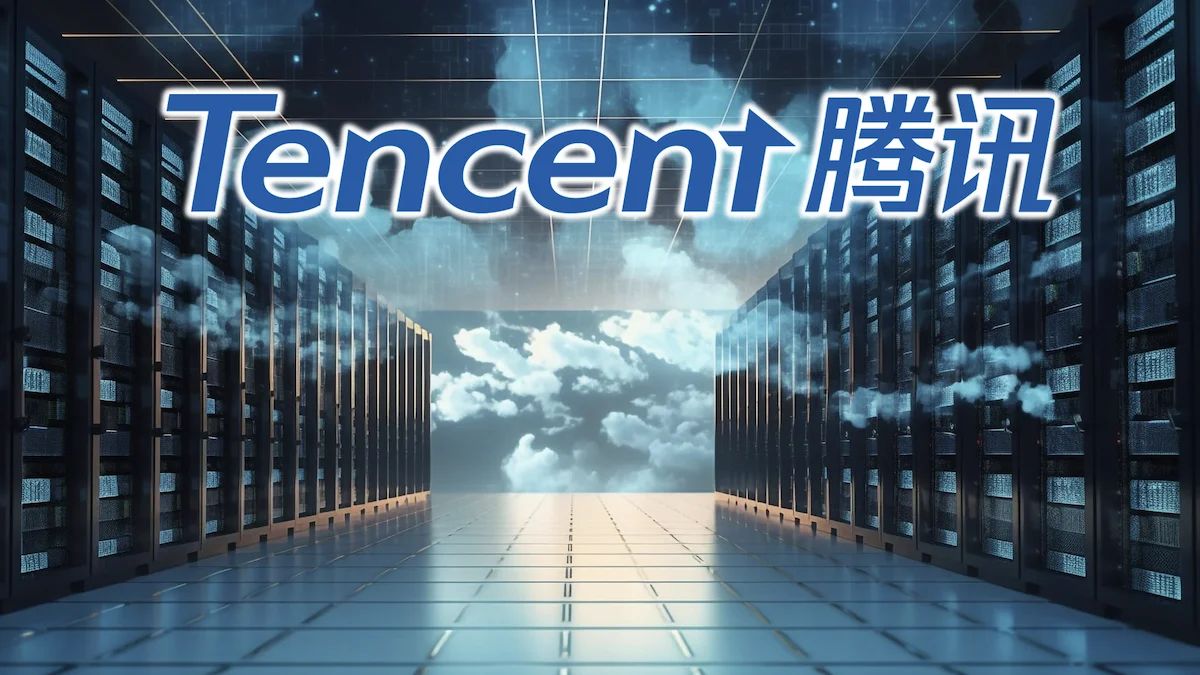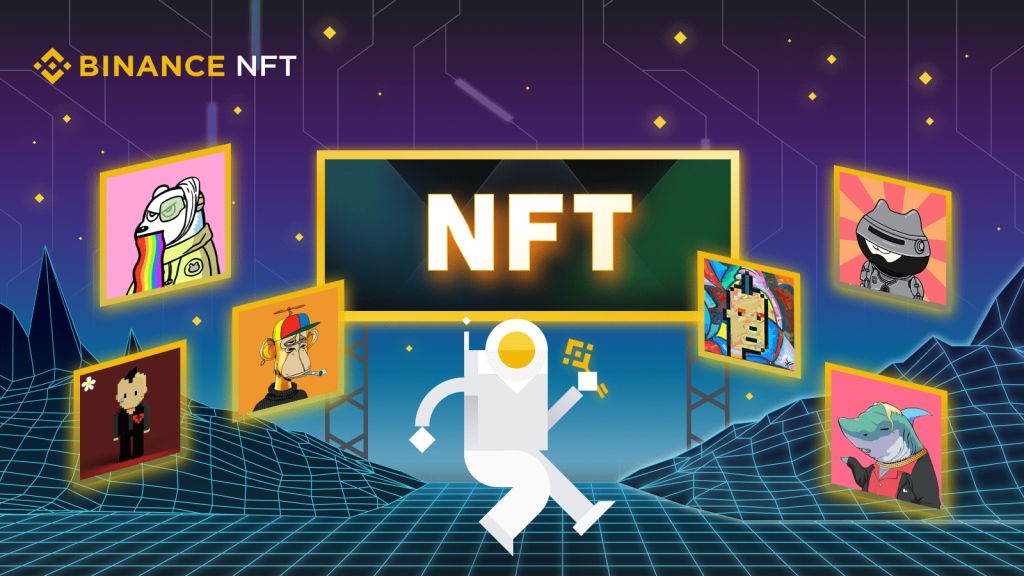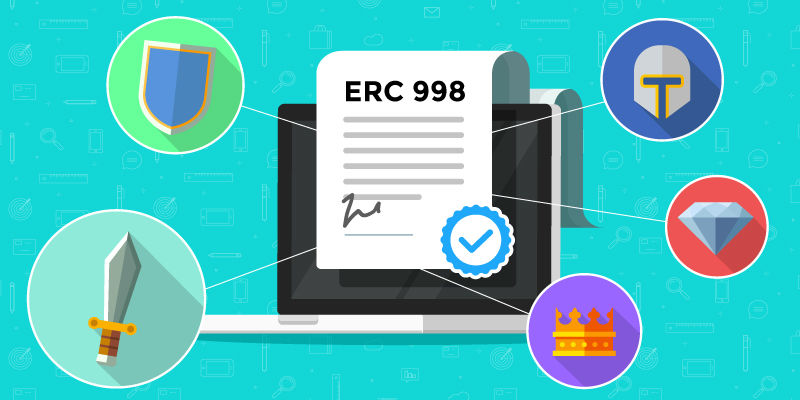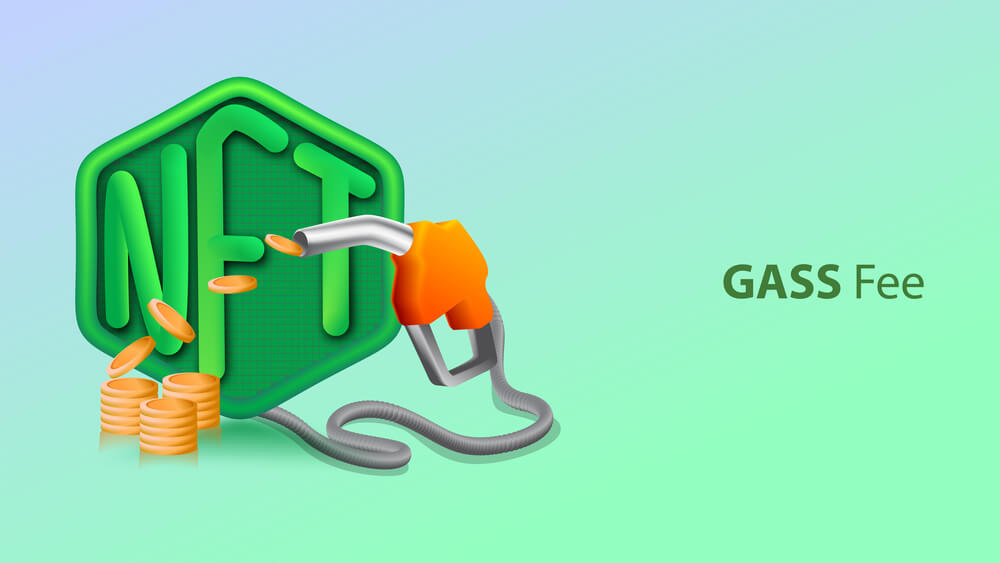Tencent Cloud confirmed the development of its first Web3-native product, called Tencent Cloud Blockchain RPC. The product, which came from a partnership with Ankr, strives to facilitate a boosted experience for Web3 developers by providing reliable Web3 networks together with vital developer services.
A Solution To Current Issues
Navigating the sophisticated world of Web3 development presents many obstacles, which include high operational costs and the need for lots of resources. Tencent Cloud aims to minimize the issues with its Blockchain RPC service. Interestingly, the service lets developers query data and process transactions on different blockchains with significantly low latency, boosting a focus on decentralized application development.
Furthermore, its objective is to address numerous challenges frequently encountered by developers, including hardware failures, network interruptions, and the looming threat of malicious attacks, all of which can substantially impede application performance. This service represents a timely solution to the issues experienced when striving to achieve stable and adaptable scaling, particularly during periods of high concurrency, potentially simplifying the development of decentralized applications.

Features And Expert Highlights
Looking to broaden its horizons, Tencent Cloud has laid out plans to introduce this service in two distinct versions: a public variant with specified features and rate limits, and a premium version operating on a Pay-as-you-Go model, offering increased request throughput and enhanced rate limits. Furthermore, they have ambitious intentions to extend this service to encompass a wider array of blockchains and global regions in the near future.
In terms of performance metrics, the new product demonstrates impressive statistics, supporting up to 1,800 requests per second per chain. This remarkable capability owes much to Ankr’s expertise in node technology. Additionally, Tencent Cloud guarantees high disaster tolerance and ultra-low latency RPC services, which are essential for maintaining stability and service availability in the fast-paced Web3 landscape.
In an official statement, Senior Vice President at Tencent Cloud International, Poshu Yeung, was excited about the launch. He insisted on the firm’s dedication to helping the global Web3 community together with partners, such as Ankr. He stated:
“Tencent Cloud is glad to be offering unprecedented capabilities to empower developers and to support the growth of decentralized applications, and we are well prepared and equipped to continue evolving to meet market needs and provide the best Web3-related features and services.”
Likewise, Stanley Wu, the Co-Founder and CTO of Ankr, noted that this collaboration signifies a noteworthy achievement in the evolution of the decentralized internet, alluding to a bright future for blockchain applications.
Currently, this groundbreaking product is available in the Hong Kong and Singapore regions, catering to global customers and delivering exceptional blockchain interaction capabilities for three prominent blockchains: Ethereum Mainnet, BNB Smart Chain, and Polygon PoS. There are future initiatives to integrate additional Layer-1 and Layer-2 roll-up blockchains.

Tencent In The Metaverse
In February 2023, Tencent launched the process of scaling down its Extended Reality (XR) metaverse division, a major shift in its strategic direction.
Set up in June 2022, the XR division, boasting a workforce of more than 300 employees, appears to be facing dissolution currently. Those who are related to the unit are faced with the option of either exiting the firm or securing alternative roles within it, which marks a clear pivot in Tencent’s strategy.
The development points to a major realignment for the prominent Chinese technology company. Interestingly, it appears like Tencent is slowly Retracing from its original plan to develop virtual reality (VR) hardware and software components. Instead, the firm is now moving towards a highly economically viable route in shaping its future metaverse operations.





